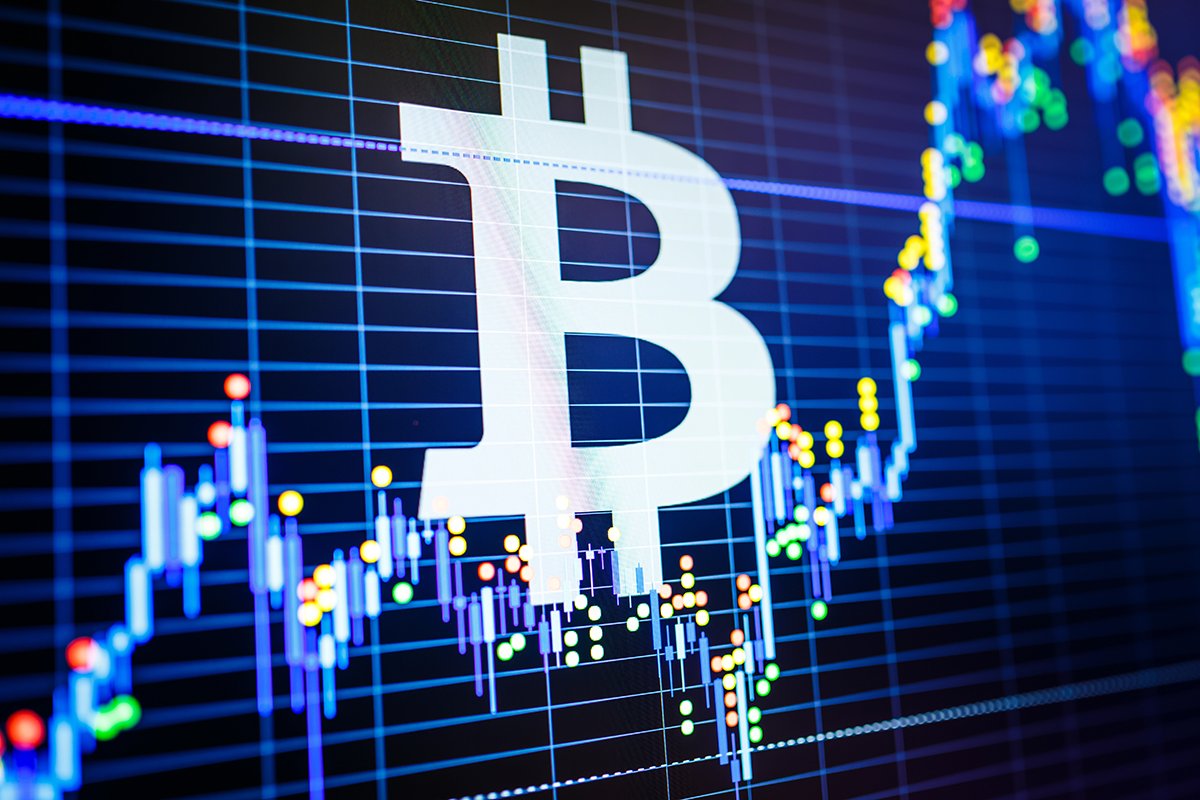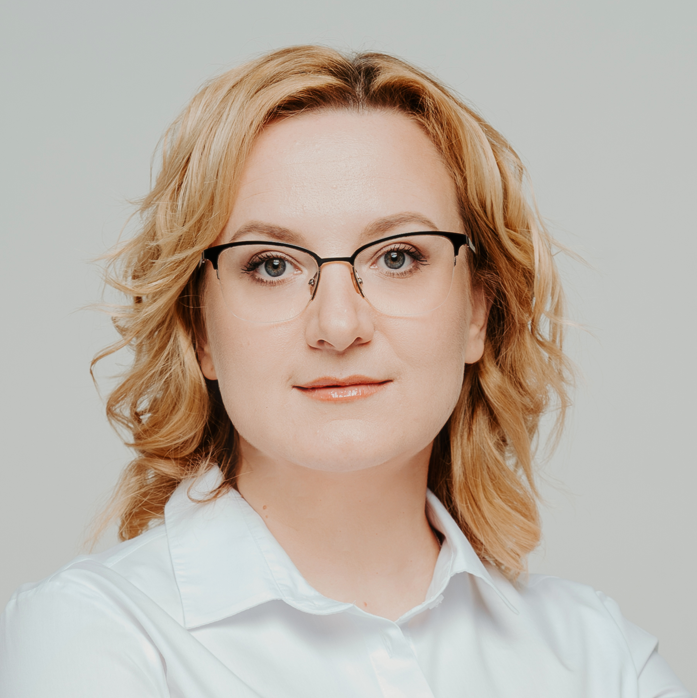The beginning of any year is a great time to make forecasts and identify trends. Of course, for Ukraine in 2025, the main issue and at the same time remains the pain of war. But despite significant uncertainty, Ukrainian banks, even if they do not really want to, are moving along the global course. And now they are thinking about how to implement artificial intelligence, to overcome fraud, which is far from only a Ukrainian "trouble". They are developing solutions that allow ordinary citizens to invest in a smartphone. Including in cryptocurrencies.
1. The rise of artificial intelligence and automation
Artificial intelligence is the biggest and most talked-about breakthrough of the past year. The vast majority of scientific discoveries, particularly in the field of medicine, in 2024 are directly or indirectly related to AI algorithms. They quickly learn from large databases that have been collected previously and find patterns that previously remained unnoticed by humans.
Artificial intelligence is increasingly seeping into people's daily lives. Even if you've never used ChatGPT or Gemini yourself, there's no doubt that you've come across algorithms or the decisions they make in the past year.
The potential of artificial intelligence is very significant. Especially when it comes to financial markets. So, of course, it is simply impossible to bypass this topic when thinking about changes in the banking sector in 2025. So let's try to figure out where exactly AI can come in handy.
Credit solutions
The fintech revolution in the banking sector took place a few years ago. Most financial institutions now have solutions for remote customer service: from the so-called onboarding to servicing and granting loans.
Until recently, credit decisions (at least for small consumer loans) were made using scoring models that assigned a conditional score to each potential borrower based on a number of criteria. The bank, assessing the risks, set a threshold above which the credit could be granted to the client.
Artificial intelligence has the potential to change this paradigm. If the algorithm is given a large enough database, it can discover completely new patterns that correlate with the borrower’s reliability and financial habits. At the same time, the AI’s assessment can be based not only on credit history data. Theoretically, it can “analyze” absolutely any available information about the client.
Anti-fraud and financial monitoring
Another major area of application of artificial intelligence is cybersecurity and customer analysis for compliance with anti-money laundering regulations.
Algorithms, by analyzing the financial behavior of a particular client, can become a reliable tool for protecting their money from fraudulent schemes, the number of which is increasing every year. They can also be used to detect potentially illegal transactions authorized by clients themselves.
But here, as with all AI algorithms, a lot depends on the human’s ability to provide the model with enough data. The program code cannot understand on its own whether a particular action is “bad” or illegal. First, the model must be trained by showing it what is good and what is not. Therefore, it is difficult to say whether resourceful fraudsters will always be able to stay one step ahead.

Insurance solutions
Last year, a huge insurance scandal erupted in the United States, which was one of the reasons for murder - in December, a desperate man shot Brian Thompson, the head of the country's largest medical insurance company, UnitedHealthcare. I will not go into the details of that crime. But I will note that the company is currently defending itself in court against accusations of using AI algorithms that allowed it to deny payment for medical services to clients. One of the lawsuits states that 90% of the denials made by the algorithm were challenged on appeal. That is, they were considered erroneous from the very beginning.
This is not a very pleasant example, but it clearly demonstrates: artificial intelligence can not only be used in financial decision-making, it is already actively used. So when talking about financial trends 2025, it is simply impossible to avoid this topic.
But if we return to more understandable and local trends for our country, we should mention several other areas.
Cryptocurrencies
Cryptocurrencies at the end of the year, in particular due to Trump's victory in the US elections, again led financial trends. But Ukraine is still lagging behind in this issue. So much so that the memorandum with the IMF explicitly states the requirement to finally legally regulate transactions with cryptocurrencies. The Law on Virtual Assets was adopted earlier and in theory it could already come into force, but this is hindered by the unsettled issue of taxation of crypto transactions.
However, in early 2025, the head of the Verkhovna Rada tax committee reported that the relevant law would be adopted in the near future. By the way, it designates the Ministry of Digital Economy as the main regulator of the market. The NBU will also have to develop certain by-laws - this will also take time. But there is every chance that transactions with cryptocurrencies will become completely legal in Ukraine this year.

Instant transfers
At the end of last year, the NBU launched an updated version of the SEP, which already implemented the possibility of instant payments by IBAN. So we can expect that in 2025, payments by IBAN, which are as fast as p2p, but much cheaper, may become trendy. The only thing that may get in the way is the fight against so-called “drop” schemes, due to which transfers of funds between individuals began to be limited last year.
Investing in a smartphone
Currently, the purchase of shares of foreign issuers by private individuals is limited. But if the security situation in Ukraine changes radically for the better this year, we can expect a significant easing of such restrictions. So, investing in smartphones may again become a trend.
ESG
ESG principles, which stand for Environmental, Social and Governance, are already a global trend. But from 2025, even despite the war, they will become a trend in SME lending. After all, the state preferential program of 5-7-9% from the beginning of the year requires participating banks and borrowers to comply with ESG principles.
2. Current investment trends in 2025
It is difficult to imagine modern banking without investment products. Unfortunately, due to the war and the restrictions imposed, Ukrainians now have a limited set of tools for investing their savings. In addition to bank deposits, they are only able to purchase foreign currency and government bonds.
The launch of a full-fledged investment market, with access to bonds and shares of foreign issuers, cryptocurrencies, etc., requires serious changes in the banking sector. And, unfortunately, it is currently impossible to predict whether they will be implemented even in a limited form. After all, this directly depends on the course of the war, the export and investment potential of Ukraine in general and individual companies and areas in particular.
It is hoped that in 2025 Ukraine will receive a well-deserved, long-suffering and long-awaited victory. And finally be able to return to a peaceful life in which creation, not destruction, is the key meaning. In such a scenario, it is quite likely that Ukrainians will be able to become part of the global investment market this year.














